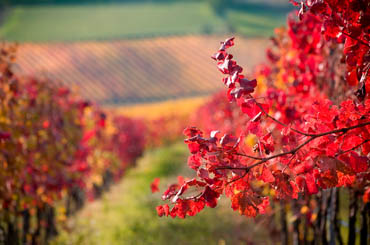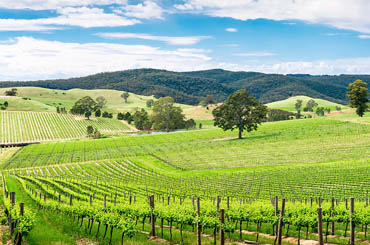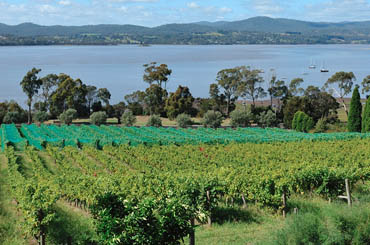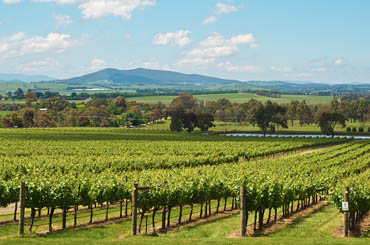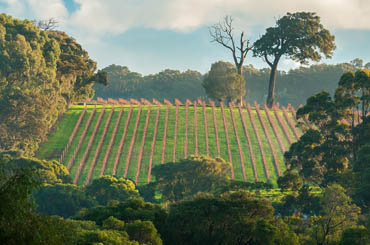2017 Vintage Snapshot: New South Wales
The Hunter Valley has a history of hot dry years following a previous wet vintage and dry winter. Hot and dry certainly describes 2017 with temperatures over 35 ̊C for 32 days, and peaks over 40 ̊C between December and February, culminating in a three-day run of 44 ̊C/47 ̊C/46 ̊C on February 10–12. Climate change fundamentalists will be shocked to learn that this was a great vintage; the red wines that were picked before the February heat blast nuzzling up close to the ’14 vintage quality. Yields were average, with some semillon blocks carrying above-average crops to full ripeness.
The Upper Hunter had regular rainfall through to December, minimising the need for irrigation. As the temperatures soared after Christmas, the good canopies of the vines carried the crop through to harvest. Overall it was a trouble-free vintage, starring semillon, chardonnay and shiraz.
Mudgee’s very hot season posed challenges with low acids and slow flavour ripening, but canopies in good order well past harvest bodes well for the ’18 vintage with a storehouse of carbohydrates in the vines.
Orange had a topsy-turvy vintage. Winter and spring were awash with record rainfall from July through to November. Early February brought scorching heat, followed by a deluge in March, then heat again accompanied by powdery mildew. Good to high yield resulted in a late harvest notwithstanding the warmth of summer. Generalisations are dangerous but, depending on altitude, all of the varieties found favour here and there, the only exceptions being shiraz and riesling.
The Canberra District started with soil that was filled with moisture after record winter rains. Spring was cool, with continued bursts of rain until Christmas. January and February brought record hot temperatures, followed by a normal, dry and cool autumn. The result: white wines, especially riesling, with great flavour at modest baumes; red wines with deep colour and perfect balance overall.
Hilltops had the same wet winter and spring, rainfall easing in late November 2016. January and February were dry and sunny with mild temperatures. In mid-March 40mm of rain fell, which caused more nuisance than damage. The best varieties are chardonnay, riesling, sauvignon blanc and cabernet sauvignon, with red varieties picked between 12.5 and 13.5 baume.
The Tumbarumba weather followed the general pattern, although the vintage was only a little later than that of the past eight to 10 years. All varieties performed well. Chardonnay led the bunch, although all the white varieties had great vibrancy and freshness coupled with excellent acid balance. Pinot noir may also be a show-stopper.
Southern Highlands had a vintage it would rather forget. A cold and wet winter and spring was followed by heatwaves in January and ceaseless rain in February and March (rainfall in the latter month breaking the all-time record). Yields were very low, with much fruit left on the vine.
The Shoalhaven Coast very often has different ripening patterns to other NSW regions; the one thing it shared this year was very high rainfall in March forcing the picking of everything still on the vine. This followed an up-and-down dry and very warm January, and a mild February interspersed with rain. In the end, yields were moderate. Sauvignon blanc proved the standout variety for some, while it was semillon for others.
Riverina never had it so good. Vintage didn’t get going in earnest until February after a long, wet winter, the red harvest was the latest in nearly 20 years and not finished until the end of April. Sauvignon blanc, pinot gris and chardonnay are the best white wines; shiraz (as ever) leads the red pack.
The Murray Darling’s winter and growing season climate was virtually identical to the rest of Victoria, with no heat spikes and similar to vintages of 10–15 years ago. Whereas 2016 produced big, flavoursome, robust wines, the ’17 wines have clear varietal aromas and refined palates.




